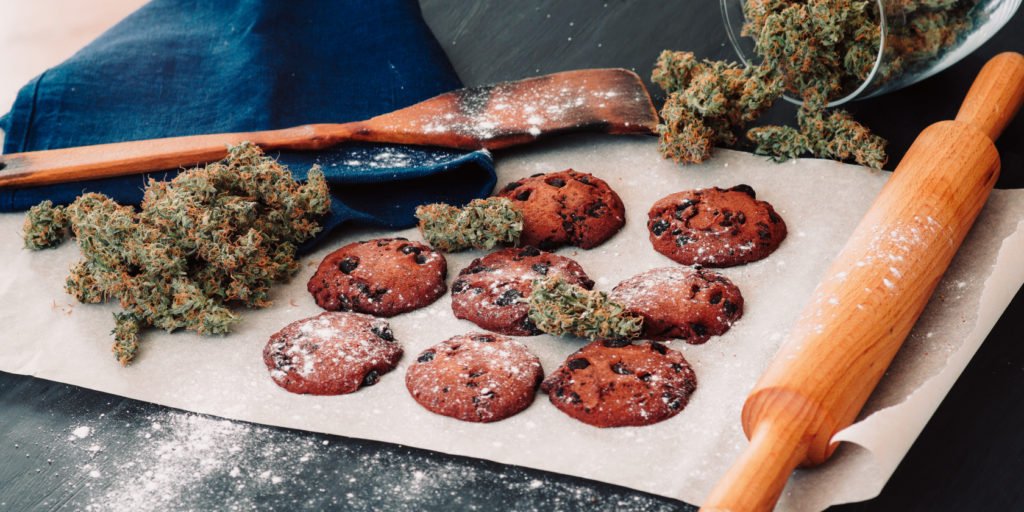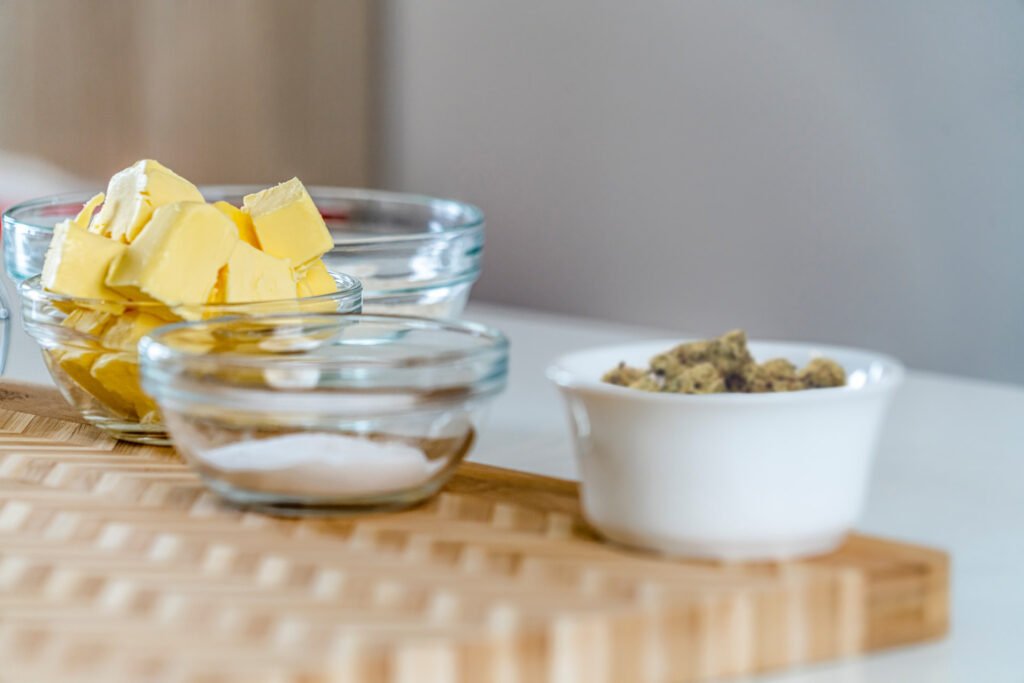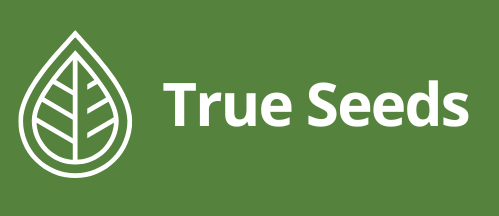Decarboxylation Explained: Why Heating Your Weed Matters
If you’ve ever tried eating raw cannabis and felt… absolutely nothing, you’re not alone—and you’re also not doing it wrong. You’re just missing one crucial step: decarboxylation.
This scientific-sounding word is the secret behind why smoking, vaping, and properly made edibles get you high, while munching on raw flower won’t do much at all. So, what exactly is decarboxylation, and why does it matter? Let’s break it down.
What Is Decarboxylation?
Decarboxylation is a chemical reaction that activates the cannabinoids in cannabis—specifically THC and CBD. In its raw form, cannabis contains THCA (tetrahydrocannabinolic acid) and CBDA (cannabidiolic acid), which are non-psychoactive precursors to the more familiar THC and CBD.
When cannabis is heated—whether by flame, vaporizer, or oven—it triggers a reaction that removes a carboxyl group (a carbon-oxygen-hydrogen compound) from the cannabinoid acids. This “decarbs” them, converting:
THCA → THC
CBDA → CBD
Without this conversion, your cannabis won’t deliver the intoxicating or therapeutic effects typically associated with it.


Why Heating Is Essential
Here’s where it all comes together: decarboxylation is why smoking and vaping work so well. The heat instantly transforms THCA into THC, delivering fast-acting effects. But if you’re planning to make edibles, tinctures, or topicals, you need to decarb your cannabis beforehand—because these methods don’t involve high heat during consumption.
If you skip this step, you’re essentially infusing your oil or butter with inactive cannabinoids, and your final product won’t have the desired potency.
Why Heating Is Essential
Here’s where it all comes together: decarboxylation is why smoking and vaping work so well. The heat instantly transforms THCA into THC, delivering fast-acting effects. But if you’re planning to make edibles, tinctures, or topicals, you need to decarb your cannabis beforehand—because these methods don’t involve high heat during consumption.
If you skip this step, you’re essentially infusing your oil or butter with inactive cannabinoids, and your final product won’t have the desired potency.
How to Decarboxylate Cannabis at Home
Decarbing is surprisingly simple to do in your kitchen. Here’s a step-by-step guide:
What You’ll Need:
Oven
Baking tray
Parchment paper
Ground cannabis (not too fine)
Instructions:
Preheat your oven to 220–240°F (104–116°C). Higher temps can destroy valuable cannabinoids and terpenes.
Line your baking tray with parchment paper.
Spread your cannabis evenly in a thin layer.
Bake for 30–45 minutes, gently stirring halfway through.
Cool before using in recipes or storing in an airtight container.
That’s it—you’ve activated your weed!
Tips for Better Decarbing
Keep the temperature low and slow to preserve terpenes (which affect flavor and effects).
Don’t grind the weed too finely—it can burn easily.
You’ll know it’s ready when the cannabis turns a light golden-brown and gives off a toasty, nutty aroma.
Final Thoughts
Decarboxylation might sound technical, but it’s just science doing its thing to make your cannabis more effective. Whether you’re crafting potent edibles or making your own topicals, understanding decarbing is essential for getting the most out of your weed.
So next time you fire up the oven before a cannabis cooking session, remember—you’re not just heating your herb. You’re unlocking its full potential.
